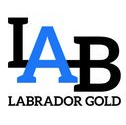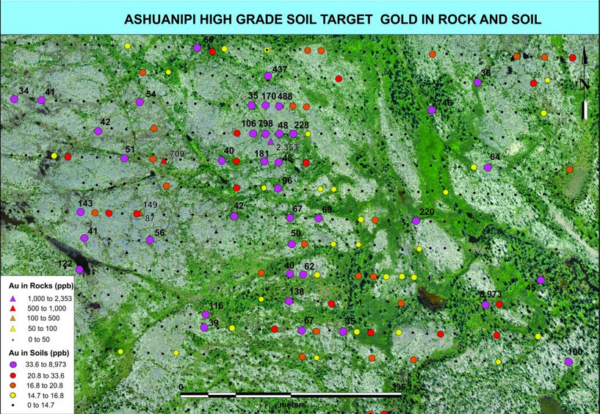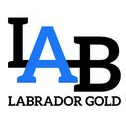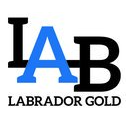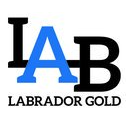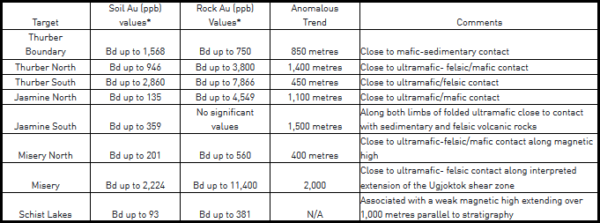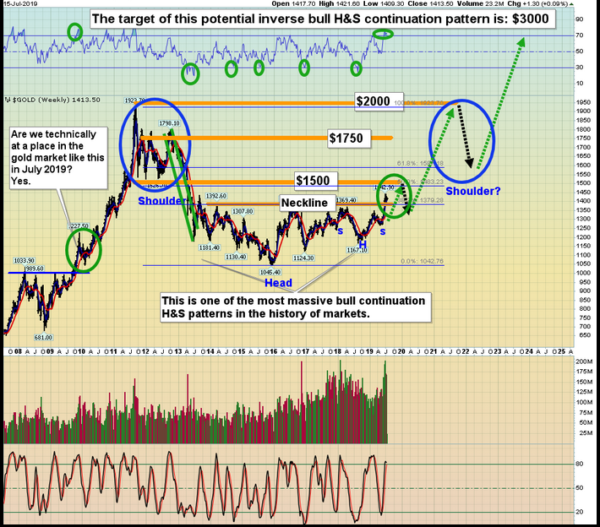SPONSOR: Labrador Gold – Two successful gold explorers lead the way in the Labrador gold rush targeting the under-explored gold potential of the province. Exploration has already outlined district scale gold on two projects, including over a 40km strike length of the Florence Lake greenstone belt, one of two greenstone belts covered by the Hopedale Project. Click Here for More Info
- Recognizes a lack of early-stage development projects in the sector.
- Blames consolidation in the mining sector for a steep decline in greenfield discoveries
- “The industry as a whole needed to step up in the wake of a lost decade in exploration “
Rio Tinto has blamed consolidation in the mining sector for a steep decline in greenfield discoveries as it flags a steady build up of its much-hyped Winu copper-gold find in Western Australia.
The
mining giant’s head of growth and innovation, Stephen McIntosh, said
headwinds pushing against discovery success were stronger than ever as
he bemoaned a lack of early-stage development projects in the sector.
Mr
McIntosh said the industry as a whole needed to step up in the wake of a
lost decade in exploration. He said something had gone wrong as
exploration spending failed to translate into discoveries.
His warning, in a speech to the Diggers
& Dealers mining conference in Kalgoorlie on Monday, comes with Rio
drilling its largest number of greenfield targets in almost two decades.
The drilling includes the company’s Winu copper-gold discovery in WA’s Paterson Range.
Mr McIntosh said Winu was a “rare and exhilarating†case where the first drill hole was the discovery hole.
He
gave fresh insight into how highly Rio rates Winu, saying none of the
company’s existing tier 1 assets started life that way and some projects
needed ongoing development and exploration to grow into that status.
“It is important with Winu that we look for a case that is bankable, relatively low capital and low risk,†he said.
“As such, we are primarily focused on defining a potential open pit starter case.â€
‘Every hole is telling us something new’
Rio
released the latest set of drill hole results for Winu last week, which
continue to indicate wide intersections of vein-style copper
mineralisation associated with gold and silver beneath relatively
shallow cover.
Winu is named after the local Aboriginal word for
thirsty and Rio is just that for a big copper discovery now that is in
greater demand with the rise in renewable energy and electric vehicles.
“We have an extensive drilling program this year with 12 drill rigs on site and a 190-person camp,†Mr McIntosh said.
“Every hole is telling us something new and slowly we are pulling together the story of the Winu deposit.â€
Rio
increased its footprint in the Paterson Range from 1000 square
kilometres to 12,000 square kilometres after drilling just three holes
at Winu in 2017 in a sign of how excited it was about the potential
prize.
The company defines tier 1 assets as low-cost, expandable
resources that are profitable at all points in the price cycle and
deliver a sustainable competitive advantage.
Every bit of data
that points to Winu approaching that status will be welcome good news
for Mr McIntosh and his growth and innovation division that is in the
spotlight over its role in managing the troubled multibillion-dollar Oyu
Tolgoi project in Mongolia.
Rio boss Jean-Sebastien Jacques said last week he had no plans to take Oyu Tolgoi off Mr McIntosh’s hands and put it under the control of the copper division despite cost and schedule blowouts.
Rio spent $281 million on greenfield exploration in 2018 with a focus on copper and diamonds.
Decline in discoveries
Mr McIntosh said the reasons for a steady decline in discoveries across the industry were complex but included consolidation.
“The
industry consolidation through the 80s, 90s and into the early-mid
2000s saw the focus on early stage exploration start to fall away,†he
said.
“The new mid-tiers and super majors were driven to generate synergies from M&A or harvest opportunities in the orbit of their operations.
“The
downside is that slowly we saw fewer and fewer large regional
exploration programs, an overall lowering of domain expertise and a
reduction in professional development.
“So just when life gets
tough and we need to move beneath cover in the well-explored parts of
the world, we find very few companies with the requisite finances and
domain expertise to take this on.â€
Mr McIntosh said that post the
Global Financial Crisis there had been a steady and precipitous decline
in discoveries even though exploration funding peaked in 2012.
“Many
of the discoveries of the early-mid 2000s came from work done in the
prior decade. Based on this, we should now be seeing a solid pipeline of
early stage projects starting to emerge. We are not,†he said.
“So clearly something has gone wrong. The reasons are likely to be many and complex, ranging from industry capability, land access challenges through to gaps in our targeting capabilities.â€
SOURCE: https://www.afr.com/companies/mining/rio-tinto-laments-lost-decade-in-exploration-20190803-p52dm9
